Economy
Here's Why Raghuram Rajan Won't Reduce Interest Rates
Gaurav Sinha
Dec 28, 2014, 03:30 PM | Updated Feb 24, 2016, 04:25 PM IST
Save & read from anywhere!
Bookmark stories for easy access on any device or the Swarajya app.
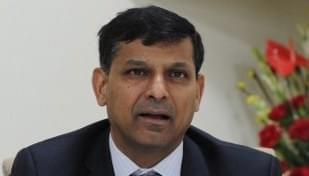
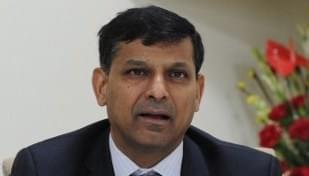
There is a reason, why Raghuram Rajan, continues to not lower the interest rates. A look at the flaws in the Keynesian model.
Raghuram Rajan has been criticised for resisting attempts by the Narendra Modi government to push for reduction in interest rates for lending. The inflation rate has reduced to manageable levels, they tell us. And if we do not reduce interest rates now, it will hurt economic growth.
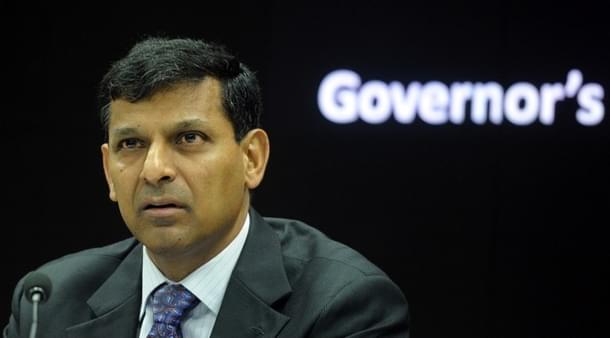
Meanwhile Prime Minister of Japan, Shinzo Abe has been re-elected to continue with his economic policies, after he resigned for the failure of those very policies.
A primer on Japan’s economic experience for the last few years:
Japan came to believe that the government artificially reducing interest rates can provide sustainable prosperity. With Paul Krugman cheering from across the Pacific, Shinzo Abe embarked on an economic policy called quantitative easing, which supposedly helps the economy when interest rates cannot be pushed further down. Krugman explains Japan’s current recession after following his suggestions as something caused due to the failure of the government in not ‘wasting’ enough public money — that is, not inducing fiscal stimulus.
The advent and rise of the Euro in the last few decades allowed Europe to embark on centralisation of monetary policy, which basically means that the European Central Bank will interfere with the interest rate in the whole of Europe even if sensible nations like Germany resist it. And irresponsible nations like Greece will be allowed to loan in vast sums of money at low interest rates.
The ensuing Greek debt crisis has subsequently been blamed by Krugman on Germany not ‘wasting’ enough money. The solution proposed is centralisation of fiscal policy, which means that decisions to waste money should be forced on all countries in Europe. Germany has been criticised for forcing its debtors into fiscal responsibility. The cure suggested by Krugman has been that Germany should produce inflation by ‘wasting’ Euros.
The US has been fixing the 2008 depression through quantitative easing, which basically means that free money has been given to large banks to be used as they please. Interestingly, interest rates had been low in the US since much before the 2008 depression. The failure of quantitative easing in fixing the problem is explained by Krugman as a failure of, well not having enough quantitative easing!
Rajan was one of the few economists who saw the 2008 crash coming way back in 2005. Cronies of then US Federal Reserve Chairman Alan Greenspan, an advocate of easy money, scorned Rajan’s views at that time. Who is right and who is wrong? An answer to this question requires some ab initio analysis.
Austrian and Keynesian economists state that they hold differing views on what interests rates actually are, and criticise each other for not understanding it. Actually, both are right and are just referring to different factors that affect the interest rate. Keynesians understand interest rate as the reward for parting with liquidity. Austrians understand it as the price of credit. So Keynesians say interest rates are determined by liquidity preference: If more people are willing to part with liquidity of their savings, interest rates decrease.
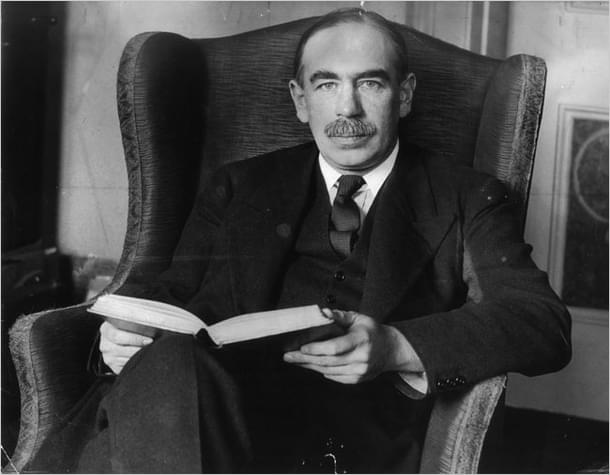
Austrians say that interest rates are determined by supply and demand of credit, with supply of credit mirroring savings in the economy and demand for credit mirroring capital investment. Savings, according to the Austrian school, relates to the time preference of consumption of the people, which determines the interest rate. When people are willing to reduce present consumption in lieu of future consumption, interest rates reduce allowing present investment in capital, which provides for future consumption.
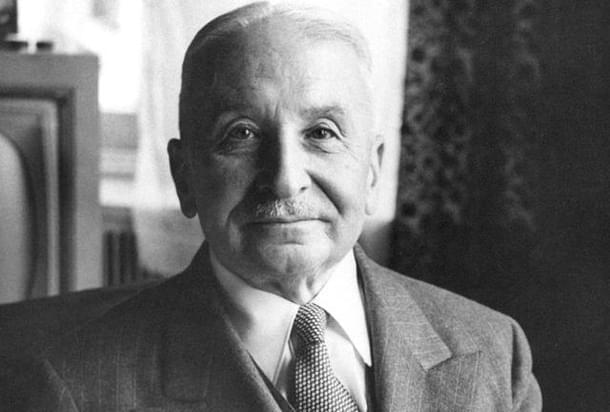
I can choose to part with liquidity or otherwise only if I have savings. Liquidity preference is meaningless without savings. It’s only when I have savings that liquidity preferences start coming into the picture. I can choose to put my cash under my pillow, in which case I have 100% liquidity but no interest. Or I can put it in a savings account where I have relatively reduced liquidity but some interest. If I accept even lower liquidity, I can put it in a fixed deposit and earn even higher interest. But the important point is, I can take such decisions only if I have savings.
In essence you can say that the Austrian position is a crude explanation of the interest rate. Yet it is more fundamental than the Keynesian position that loses any meaning without considering savings. So it would be right to say that the best model of interest rates can be constructed by including both positions, but solely using Keynesian analysis while rejecting Austrian analysis is bound to fail. In simpler terms, trying to reduce interest rates without savings backing, it will bring disastrous results.
Another point where Austrians and Keynesians differ is that the first say if savings increase, interest rates will automatically come down; it need not and should not be directed by government. This is precisely where the Keynesian analysis disagrees in stating that since the determining factor is liquidity preference, more savings might not translate to lower interest rates, and the government must step in to reduce interest rates. The Keynesian policy prescription provides justification for discretionary governmental interventions.
The Keynesian argument is the simplistic demand-side economics. Keynesians attribute no significance to interest rates other than a random liquidity preference choice of the people. With this assumption, they theorise that a very simple way of increasing GDP is to increase aggregate demand. And the simplest way to do it is to make saving less profitable by reducing the interest rate. In the Keynesian worldview, GDP is the most critical metric, and savings and deflation are bad. It is important to point out that many people incorrectly attribute a fetish for GDP to free marketers whereas actually GDP is primarily promoted by Keynesians who are anything but free marketers.
Any discussion on Keynesianism is incomplete without referring to the logical fallacy promoted by Keynesians called “the paradox of thrift”. In reality, it’s not a paradox at all. It is a logical fallacy with its roots in failing to consider all consequences of your policies, and instead focussing only on the chosen consequence. Can my act of increasing my demand for wheat help the poor due to the consequent increased employment? Did we consider the increase in price of wheat, which also affects the poor? If the benefits due to increased employment outweigh the negative effects of price increase due to increased demand for wheat, won’t the government buying a ton of wheat and dumping it into the Arabian Sea make all of us better off? Would a Keynesian support this policy? It follows directly if the paradox of thrift is truly a paradox.
Austrians ascribe to interest rates a very critical function in the economy much more than a mere tool for inflation or growth targeting. Interest rates serve the purpose of coordinating savings and capital investments. It prevents capital investments from exceeding savings; otherwise we would land into a credit crunch. This is exactly what happened in the great depression of 1929 and the again in 2008.
In a free market, if market players indulge in capital investment more than what existing savings can support, the market raises the interest rates, which prevents the misallocation; this is because a higher interest rate promotes savings and reduces possibility of capital investment. In cases where the market players engage in capital investment less than the available savings, which would result in underutilisation of available resources, the market automatically decreases interest rates to reduce savings and promote capital investment.
When the government interferes with interest rates, it is actually preventing these corrections from happening. The reduction of interest rates results in increased GDP in the short term and a liquidity crunch in the long term. Keynesians see these two results in isolation, attributing the increased GDP to their policy prescription and the liquidity crunch to subdued ‘animal spirits’ of businessmen. And the way to re-invigorate the businessmen in times of liquidity crunch is further reduction of interest rates. It’s similar to prescribing more alcohol to someone with a hangover. Keynesians also point out that they never live long enough to see the effect of their policies in the long term, and when they are dead we can blame the free marketers.
Let’s quickly understand the difference between conventional monetary policy and quantitative easing. Both are exactly the same as far as how you enact them. Both involve the central bank buying government bonds (debts) from banks and providing them with newly created money. In extreme cases, the central bank may even buy bad private debt. This results in artificially increasing liquidity in the banking system.
The only difference between the two is how you decide on the amount of debt to be bought by the central bank. Conventional monetary policy targets an interest rate and uses this to calculate the amount whereas, in the case of quantitative easing, the bank directly targets the amount of liquidity increase because it is not possible to decrease rates further, a phenomenon termed by Keynesians as a “liquidity trap”.
In reality, this is just a situation in which the market considers more investment a loss maker due to more than required investment already made during the boom time. Due to this, even a zero per cent interest rate cannot induce them to invest more. Instead of realising that this so called ‘liquidity trap’ is the market, signalling that it does not need more capital investment, the Keynesians mired in their ideology keep prescribing the same solution that created the problem in the first place.
It is surely possible the stimulus that is bad in high doses might be good in low doses. But the question is whether this pattern holds for the high dose called quantitative easing versus the low dose called conventional monetary policy? No Keynesian worth his salt has provided any quantitative analysis to prove that this pattern applies to monetary policy. The hypothesis that small reductions in interest rates by the government might have benefits outweighing side effects is neither supported by theoretical analysis nor is it experimental.
The redistributive effect of low interest rates of transferring purchasing power from poor to rich is another reason for now going that route. If that is not enough, the environmental degradation caused due to government artificially elevating demand should convince you of the inferiority of the low interest rate ideology.
The most amusing thing about this business of interfering with interest rates is that many people consider monetary policy a part of free market capitalism even though, by every conceivable definition of free markets, monetary policy is socialism. Government interfering with a price which can be determined by the market is nothing but socialism.
The primary culprit for the prevalence of this misconception among people is Milton Friedman. Friedman, while rightly criticising fiscal stimuli and too much monetary stimuli, stopped short of totally rejecting monetary policy. Since he accepted the use of monetary policy at least in the earlier part of his career, and since he is also known as one of the most vocal advocates of the free market, people generally tend to understand monetary policy as a component of free markets.

So if all this is so obvious, why is Arun Jaitley nudging for a reduction in interest rates?
Some opponents of the free market argue, since people think in the short term, government is required to interfere in the market to prevent the ‘market failures’ due to this short term thinking. They assume that the government chosen by those same alleged short term thinkers will somehow miraculously start thinking in the long term.
In the real world, government mechanism generates even shorter term thinking than self-interested individuals. Isn’t the Keynesian policy prescription your best bet for winning the next elections? It gives short term benefits in precisely the same metric that everybody is looking at to measure the success of your government.
As long as we are fixated on GDP while evaluating our governments, governments will remain Keynesian. The metric to measure the success of the government should be the savings rate. But again, savings rate not under the influence of artificially high interest rates but under market interest rates.
All metrics point to the current interest rate already being too low. At the market rate of interest and increasing real GDP, the natural state of the economy is deflationary. Since we are still not deflationary, it means the interest rate is too low. The Keynesian abhorrence for deflation is a topic that needs its own separate discussion. But in summary, it is nothing but a façade for hiding governmental policy errors by reducing the real value of government debts.
Inflation and particularly unexpected inflation benefits debtors and penalises savers, and we all know who the biggest debtors in most countries are — the Keynesian governments. Sticky prices and wages do not justify the government creating misallocation of resources in the economy. As long the real purchasing power of wages keeps rising, people will be better off even if the nominal value decreases over time.
Raghuram Rajan has taken a very courageous stand at least as of now in not lowering the interest rates. This writer suspects he will have to buckle in under political pressure sometime early next year into reducing interest rates. Yet, whatever resistance he has shown is commendable and we must stand with him.
Gaurav is a software engineer who works for Amazon. Gaurav graduated from IIT Delhi in 2007 with a degree in Mathematics and Computing. He is interested in physics and economics





